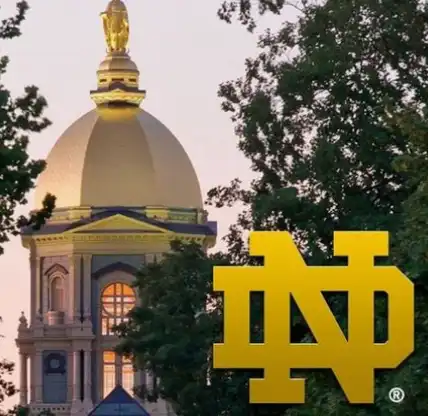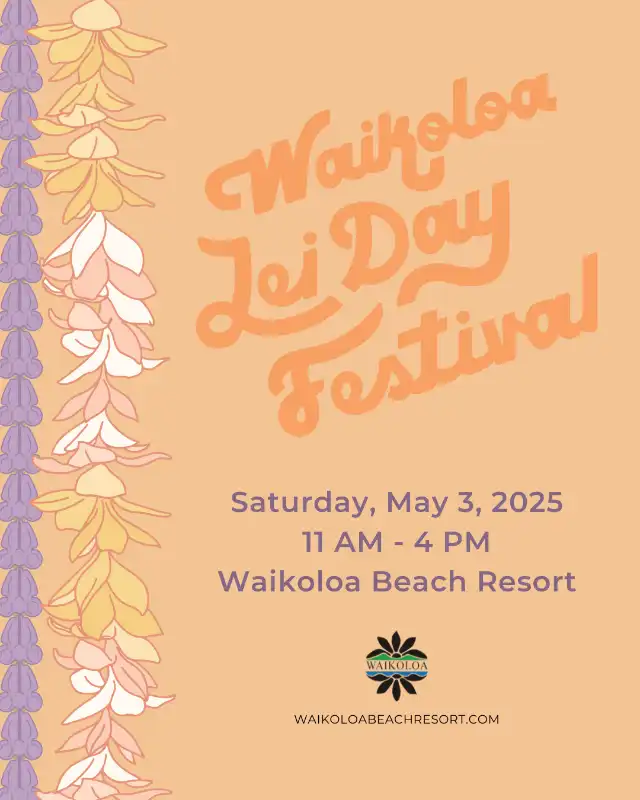Northwestern Hawaiian Islands Celebrate 15 Years of Protection
Jan. 18 marks 15 years since the Northwestern Hawaiian Islands were officially made a marine conservation area.
In 2001, former President Bill Clinton issued a second Executive Order that ensured the permanent protection of the preservation areas and conservation measures for the Northwestern Hawaiian Islands Coral Reef Ecosystem Reserve.
The reserve, which is managed by NOAA’s Office of National Marine Sanctuaries, was the first large-scale marine conservation measure in the United States.
Under the reserve, coral reefs in three-quarters of the Hawaiian archipelago were put under protection. The reserve also became the largest in the world, spanning an area of almost 140,000 square miles, and was the second reserve established since the Great Barrier Reef Marine Park in 1975.
In addition, the establishment of the Northwestern Hawaiian Islands Coral Reef Ecosystem Reserve paved the way for the 2006 designation of the Papahānaumokuākea Marine National Monument and its inscription as the nation’s only mixed natural and cultural UNESCO World Heritage site in 2010.
Large-scale marine protected areas that provided safekeeping of entire geographical areas and covered multiple habitats were viewed as a tool to address threats against coral reefs during a time period at the end of the millennium where the understanding and protection of the reefs was a struggle.
In Hawai’i, conservation and cultural leaders have long viewed the Northwestern Hawaiian Islands as an area in need of protection. Those leaders guided the way for President Clinton’s act.
The late Buzzy Agard and Dr. Isabella Aiona Abbott, along with Isaac and Tammy Harp, ‘Aulani Wilhelm, Robert P. Smith, Tim Johns, Athline Clark, Linda Paul, William ʻAilā Jr., Vicky Holt Takamine, Bill Gilmartin, and Dave Raney were among those who sought protection for the area and helped facilitate the dialog that led to the creation of the Reserve.
In 15 years, the Northwestern Hawaiian Islands have earned additional protection and has been named the second World Heritage site in Hawai’i.
During the past decade and a half, state and federal agencies have also worked to protect the nature and culture of the area under a shared vision and unified management.
Across the globe, more than a dozen large-scale marine protected area designations have been established since the creation of the Northwestern Hawaiian Islands Coral Reef Ecosystem Reserve.
This day marks a year of anniversaries for protections of the Northwestern Hawaiian Islands to be celebrated by resource managers and by many around the world.












